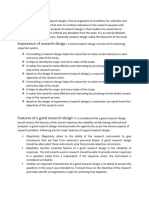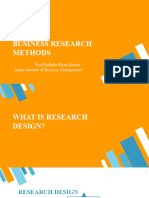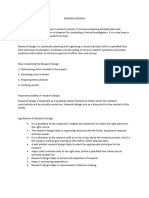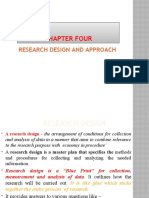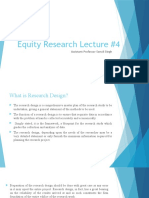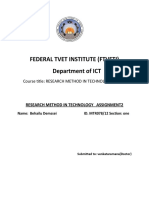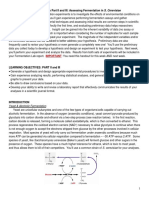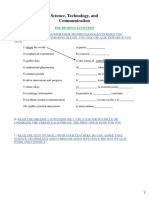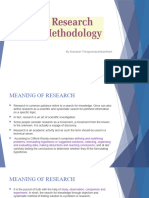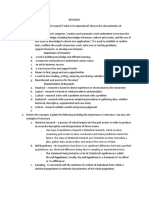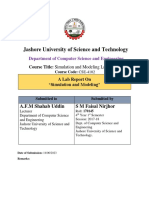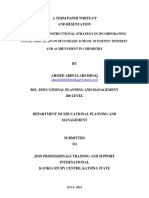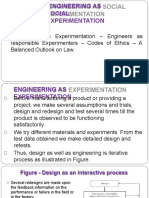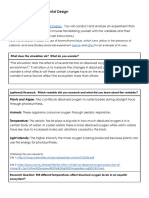0% found this document useful (0 votes)
10 views48 pagesUnit 2
The document outlines the concept, definition, and significance of research design in business research, emphasizing its role as a blueprint for data collection and analysis. It details the features of good research design, types of research designs including exploratory and conclusive, and methods for data collection. Additionally, it discusses the importance of minimizing bias, ensuring reliability and validity, and understanding causal relationships in research.
Uploaded by
anjalisharan2002Copyright
© © All Rights Reserved
We take content rights seriously. If you suspect this is your content, claim it here.
Available Formats
Download as PDF, TXT or read online on Scribd
0% found this document useful (0 votes)
10 views48 pagesUnit 2
The document outlines the concept, definition, and significance of research design in business research, emphasizing its role as a blueprint for data collection and analysis. It details the features of good research design, types of research designs including exploratory and conclusive, and methods for data collection. Additionally, it discusses the importance of minimizing bias, ensuring reliability and validity, and understanding causal relationships in research.
Uploaded by
anjalisharan2002Copyright
© © All Rights Reserved
We take content rights seriously. If you suspect this is your content, claim it here.
Available Formats
Download as PDF, TXT or read online on Scribd
/ 48

